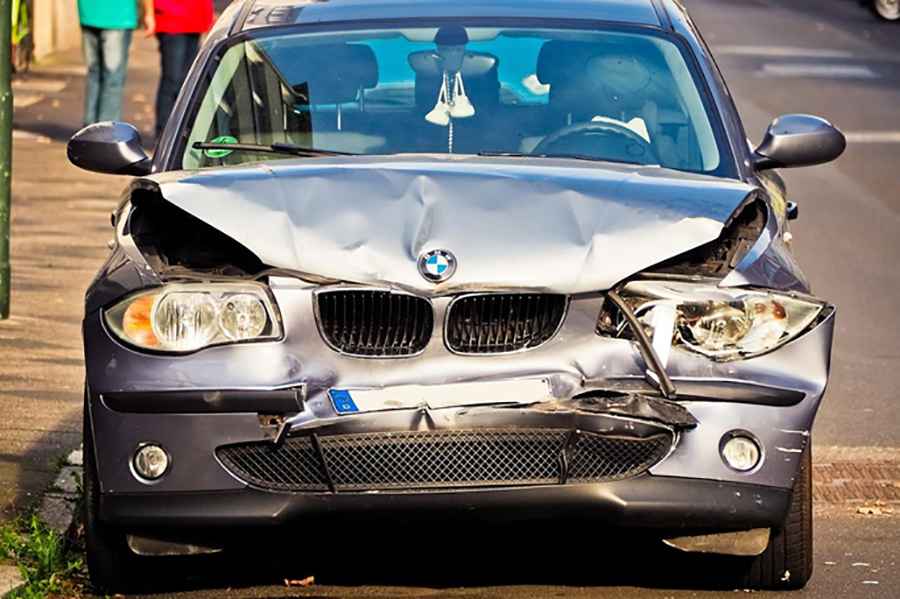What if I'm Partially at Fault For a Car Accident?
Being involved in any kind of accident is awful but accidents where you are partially at fault can be even more complicated to deal with. Distracted driving is a factor in 11% of fatalities and drunk driving, 31.8% of crash fatalities. Here's what you need to know if you are deemed partially responsible for causing a car accident.

Assess Your Level of Fault
The first thing you'll want to do is try to get a sense of how much you were at fault for the accident. Were you mostly responsible but made a minor error, or did you both make equally poor choices? This can impact how the insurance company handles the claim and what you may owe.
Police officers may make a determination of fault at the scene. However, insurance companies will also investigate and make their own judgment on the percentage of fault for each driver. If it's close to a 50/50 determination, small factors like who was cited could tip the scales.
Understand Contributory Negligence vs Comparative Fault
States have different laws regarding accidents where there is shared fault. Some follow "contributory negligence" rules which bar you from any recovery if you are even 1% at fault. Others use "comparative fault" which will reduce your compensation by your percentage of fault.
So, in a comparative fault state like Florida, if you were deemed 20% responsible for the accident, any claim payout would be reduced by 20%. And if you are deemed 51% or more responsible for the accident, you can’t recover any damages. This makes properly determining fault percentages very important, which is why it is vital you talk to an experienced car accident attorney.
Reporting Your Car Accident Claim
When reporting your car accident, be honest about what happened and don't try to downplay or deny your role. Always talk to a lawyer before dealing with an insurance company if you are partially at fault.
Don't speculate or make statements admitting fault. Stick to only the facts and details you are certain of. Provide your account of what happened objectively and let your lawyer handle the insurance company.
Dealing with Property Damage and Car Accident Injuries
7.4 million drivers caused property damage in crashes in 2022. If there is damage to both vehicles or property, insurance will cover the cost of repairs based on your respective fault levels. For example, if you were 30% at fault, you would need to pay 30% of the other driver's repair costs. And they would owe for 30% of your vehicle repairs.
Injury claims work the same way. Any settlement the other driver receives would be reduced by your percentage of fault. So, the compensation they ultimately recover will be less if they were also partially responsible.
Of course, you can still make an injury claim as well, which would also be reduced by your percentage of fault. Talk to a car accident lawyer to understand your options.
Stay Calm, Be Patient
Shared fault accidents can be frustrating, confusing, and take time to resolve fully. Try to stay calm and be patient as insurance reaches official conclusions. Hiring legal help can also provide useful guidance through the process and protect your interests.
While being partially at fault means taking some responsibility, it does not need to be financially devastating or totally your fault either. Understanding the laws and insurance claim process can help you deal with a mutual fault accident as best as possible.
Pic: https://pixabay.com/photos/automobile-accident-vehicle-3734396/